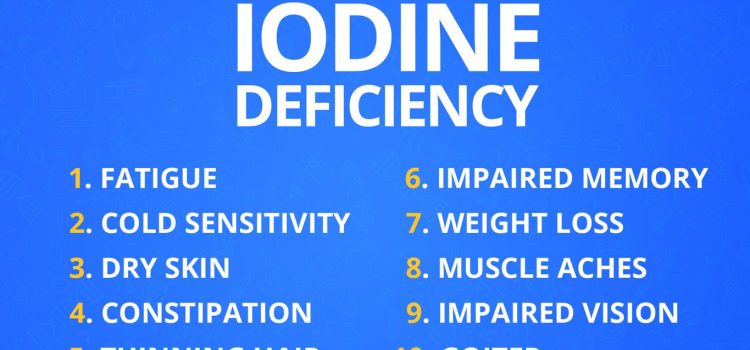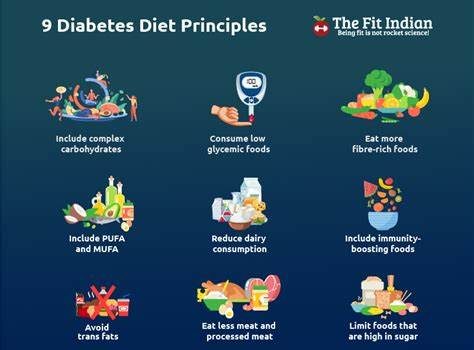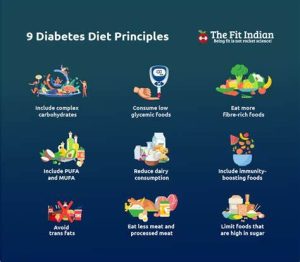
Introduction
Omega-3 fatty acids are heralded for their health benefits, and many people seek to enhance their Omega-3 intake. While dietary sources are crucial, Omega-3 supplements offer a convenient and potent option. In this article, we’ll dive into the world of Omega-3 supplements, including fish oil and algae-based choices, to unveil their power in bolstering your Omega-3 intake.
1. Fish Oil Supplements
Fish oil supplements are a well-known and widely available option for increasing Omega-3 intake. They contain EPA and DHA, the active Omega-3 fatty acids found in fatty fish. A daily fish oil capsule can be a simple and effective way to meet your Omega-3 goals.

2. Algae-Based Supplements
For those following a vegan or vegetarian diet, algae-based supplements are a game-changer. These supplements provide DHA and EPA sourced from algae, offering a sustainable and plant-based solution for Omega-3 intake.
3. Convenience and Precision
One of the primary advantages of Omega-3 supplements is their convenience. They provide a precise dosage of EPA and DHA, ensuring you get the right amount of these essential fats without the need to plan meals around specific Omega-3-rich foods.
4. Reducing Mercury Concerns
Some individuals are concerned about mercury contamination in fish, especially in larger species like tuna. Omega-3 supplements, when sourced from reputable brands, can offer a safe and mercury-free alternative.
5. Customized Omega-3 Intake
Omega-3 supplements allow for tailored Omega-3 intake. You can choose the right dosage based on your dietary preferences, health goals, and recommendations from healthcare professionals.
6. Balancing Omega-3 and Omega-6
Achieving a healthy balance between Omega-3 and Omega-6 fatty acids is vital. Omega-6s, commonly found in vegetable oils, can promote inflammation when consumed in excess. Omega-3 supplements can help restore this balance and reduce inflammation in the body.
7. Combining Supplements with Diet
While Omega-3 supplements are valuable, they should complement, not replace, a balanced diet. Whole foods provide a wide range of nutrients and health benefits. Use supplements as part of a comprehensive approach to nutrition.
8. Consultation with Healthcare Professionals
Before incorporating Omega-3 supplements into your routine, it’s advisable to consult with healthcare professionals, especially if you have specific health concerns or are taking medications. They can provide personalized guidance on the right dosage and the most suitable supplement type for your needs.

Conclusion
Omega-3 supplements, including fish oil and algae-based options, can be powerful allies in elevating your Omega-3 intake. Whether you seek the convenience of fish oil or the sustainability of algae-based supplements, these choices can provide a precise and effective way to harness the benefits of Omega-3 fatty acids. By incorporating supplements wisely, you can optimize your Omega-3 intake and enjoy the full spectrum of health advantages these essential fats offer.



































